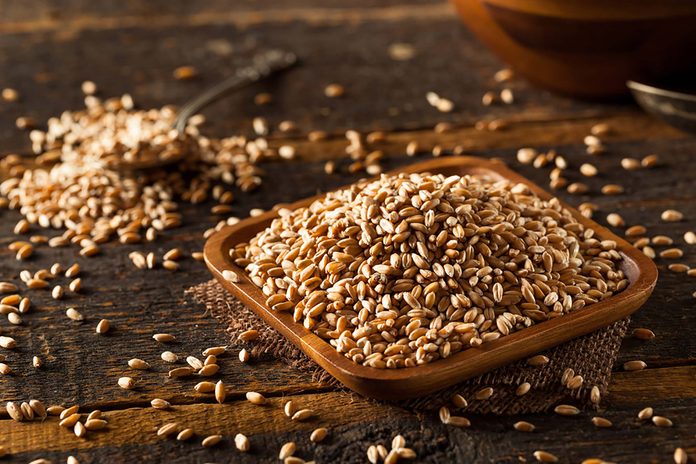
Farro
An ancient grain that was found buried in the tombs of Egyptian royalty, farro can be traced back even further to the Fertile Crescent, the rich land in the Middle East between the Arabian Desert and the Armenian mountains. A cup of this nutty grain packs 24 percent of your recommended daily intake of iron and a whopping 14 grams of protein; by comparison, quinoa only has 8 grams of protein per cup, whole wheat pasta 7 grams, and brown rice 5 grams. If you swap the semi-pearled variety for the whole-grain kind, which is higher in vitamin B3 and zinc, soak it overnight first to shorten cooking time. (After soaking, it should get tender within 45 minutes on the stove at medium-low heat.) Note: Farro is not a gluten-free food.

Indian ricegrass
A forage grass found in western U.S. rangelands like Utah and Nevada, Indian ricegrass was a staple in Native American diets. With a strong wheat-like flavor, the gluten-free grain is most often used as a flour (via the brand name Montina)—and a nutrient-rich one at that. In just two-thirds of a cup, it packs 17 grams of protein and 24 grams of fiber; the same amount of whole-wheat flour offers about 10 grams of protein and 10 grams of fiber. You don’t need much: Substitute 15 to 20 percent of Montina for each portion of flours you currently use when cooking stews, gravies, and soups.
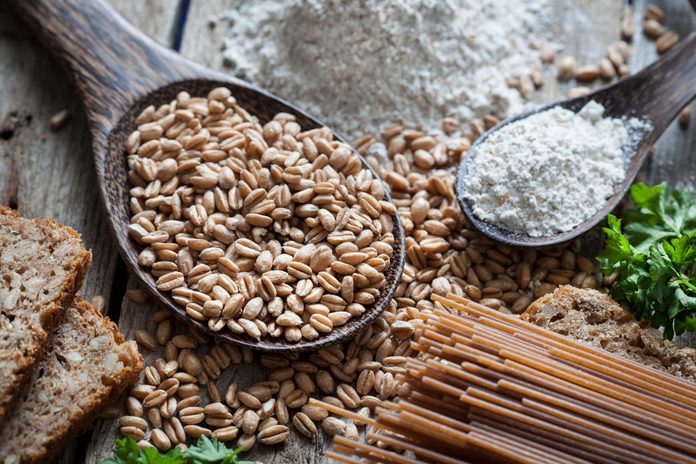
Spelt
This ancient cereal grain was first grown in Iran around 6000 B.C., but arrived in North America just about 100 years ago. Spelt resembles wheat, but its tougher husk better protects the nutrients within, making it higher in vitamin A, protein, and iron. Boasting a hint of sweetness, spelt has about 5 mg of heart-friendly niacin (vitamin B3) per cup, or about a third of the recommended daily allowance, and is also high in copper and magnesium. The gluten in spelt has a different molecular makeup than that in modern wheat, which may make it easier to digest, though consult a doctor if you’re gluten sensitive.
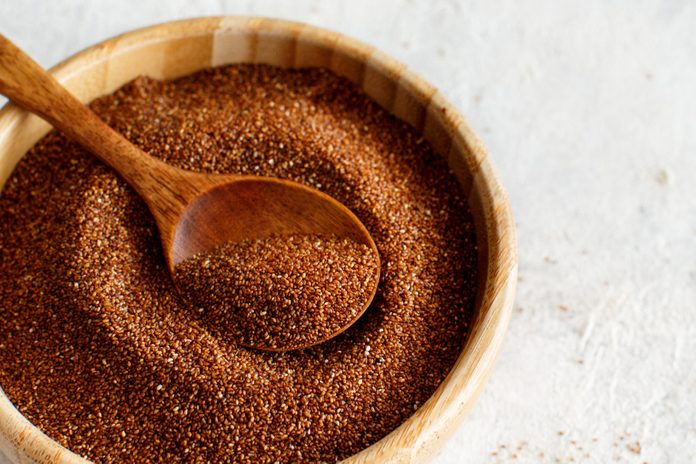
Teff
A teeny, tiny grain (there are 3,000 in a single gram), teff has been used in Ethiopia since ancient times. Today, teff can be found in anything from gluten-free flour to porridge. With 50 percent more protein than brown rice and five times the fiber, this grain will also add a subtle hazelnut taste to your recipes.
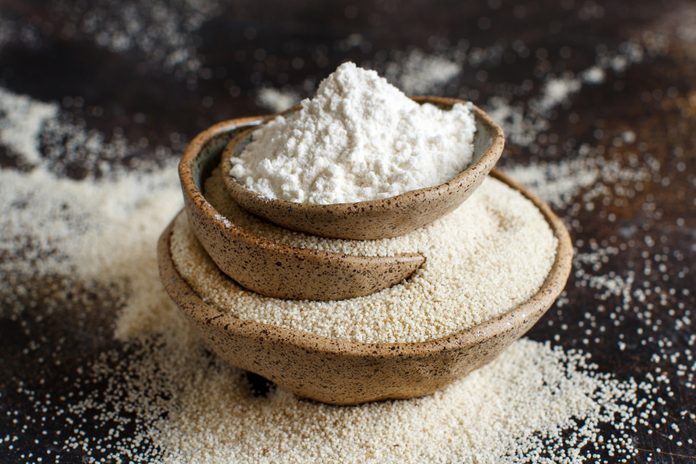
Fonio
Africa’s oldest cereal is loaded with amino acids and low in sugar, making it a healthy choice for people with diabetes. Fonio is easy to digest (thus it’s often given to children or the elderly) and contains healthy amino acids like cysteine and methionine, which are less common in today’s popular grains; these sources of sulfur can help play an important part in our body’s protein molecules. Fonio grows well in drought-laden regions of Africa, giving it an environmentally friendly advantage. Trivia: The Dogon people of Mali believe that the explosion of a fonio grain resulted in the creation of the entire universe. Talk about a superfood.
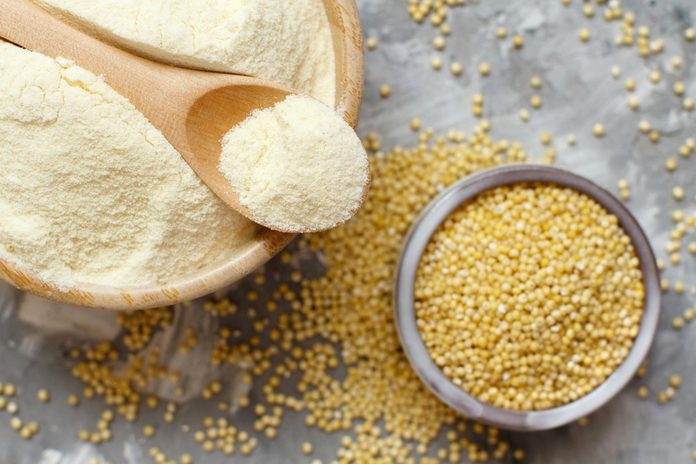
Millet
The tiny, round grain is a staple in the diet of Hunzas, inhabitants of the remote Himalayan foothills who are known for their longevity. Millet is about 15 percent protein and low in simple sugars, which makes it a healthy choice for people watching their blood sugar. An Indian study of 34 people with diabetes found that a millet-based breakfast reduced participants’ post-meal glucose levels more than rice-based breakfasts did. Its high magnesium levels may also lower high blood pressure and reduce heart attack risk.
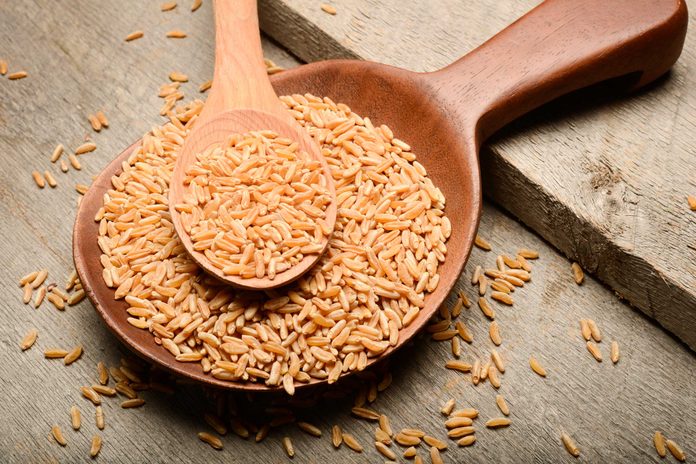
Khorasan (Kamut)
Known as high-energy wheat, Kamut (the trademarked name for Khorasan wheat guaranteed to be the pure ancient variety) is twice the size of commonly eaten wheat, with 20 to 40 percent more protein. An ancient relative of modern durum wheat, Kamut is high in such energizing nutrients as amino acids, vitamins, minerals, and lipids. In an Italian study, participants who ate Khorasan experienced a drop in cholesterol levels and had higher blood levels of key minerals, like potassium and magnesium.